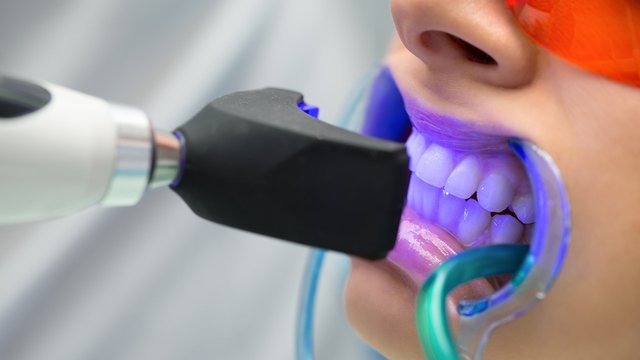
The importance of aesthetic appearance has meant that, in recent years, more and more people have opted to improve their habits and take more care of their bodies.
It is not surprising, therefore, that oral health receives so much attention nowadays. Tooth whitening, for example, has become one of the most in-demand and studied aesthetic treatments (you can train in this field with the degree in Dentistry in Madrid or the degree in Dentistry in Valencia).
We invite you to continue reading this article if you want to know more about what teeth whitening is, what types of teeth whitening exist and how you can take care of your mouth after having this treatment.
Tooth whitening is a type of dental treatment that aims to eliminate dental stains caused internally or externally and to correct the tone of the tooth enamel, thus obtaining whiter and brighter teeth.
To perform teeth whitening, it is necessary that the professionals in charge are trained for it, such as with the degree in Dentistry in Alicante. In addition, they must be able to follow the diagnosis protocol, treatment planning and monitoring of the results so that the procedure is a success, and the client is satisfied.
Poor oral hygiene, smoking, or the consumption of certain products can cause alterations in dental colouring and form stains on the teeth that can be classified into two groups:
Some of the teeth whitening options available are as follows:
If you want to keep your teeth healthy and clean after tooth whitening, here are some tips you can follow:
Having a radiant and healthy smile is the aim of many people who seek cosmetic dentistry treatment. If you want to improve your appearance and have clean, white teeth without the need for invasive and complex techniques, this is definitely your best option.